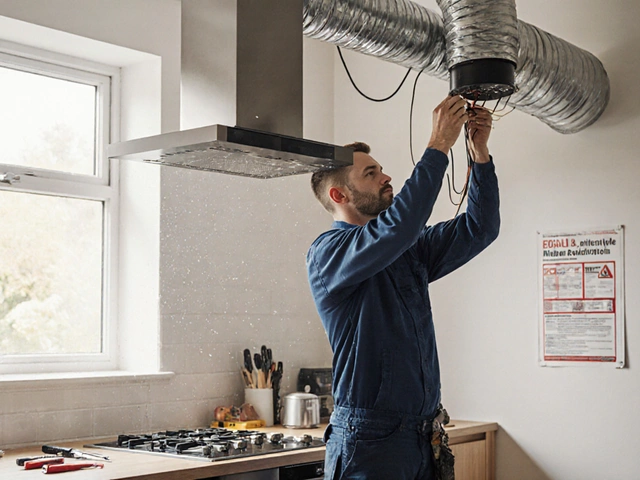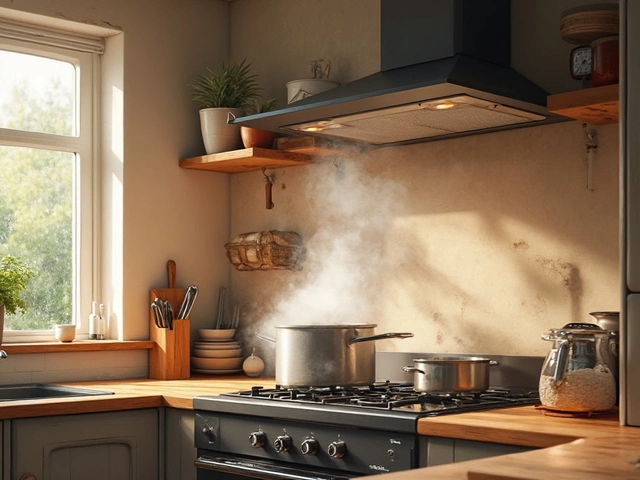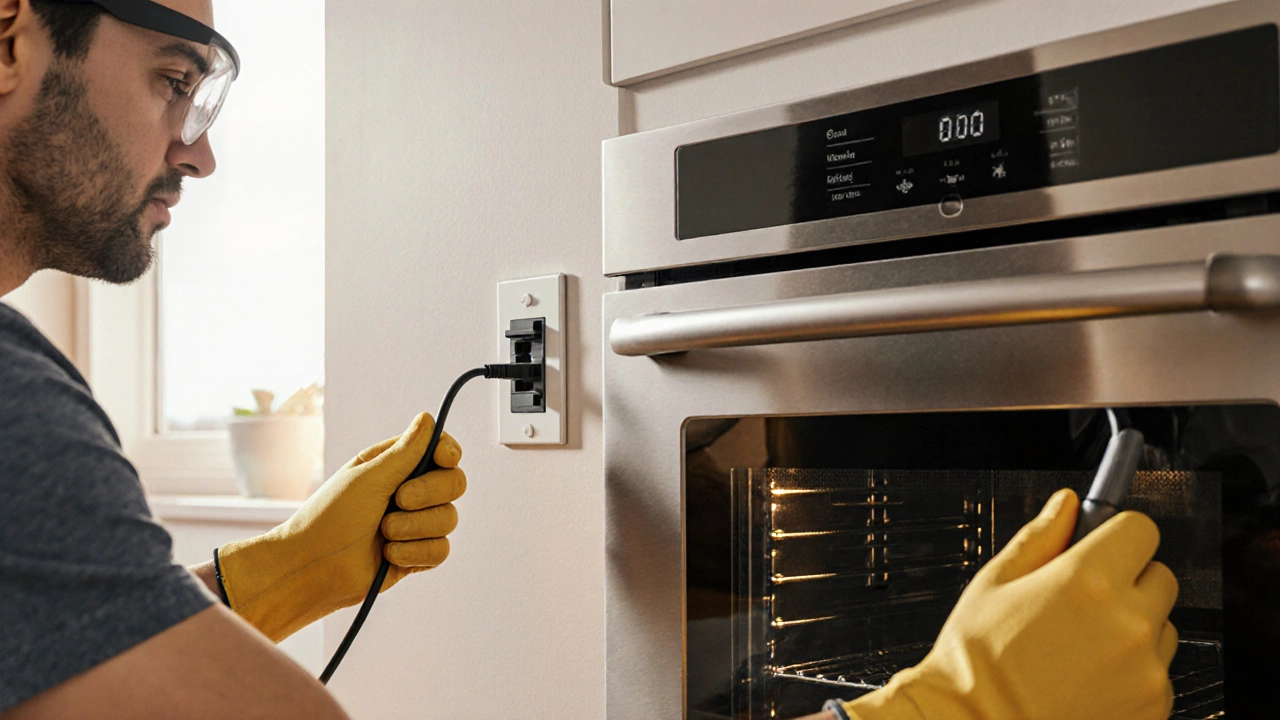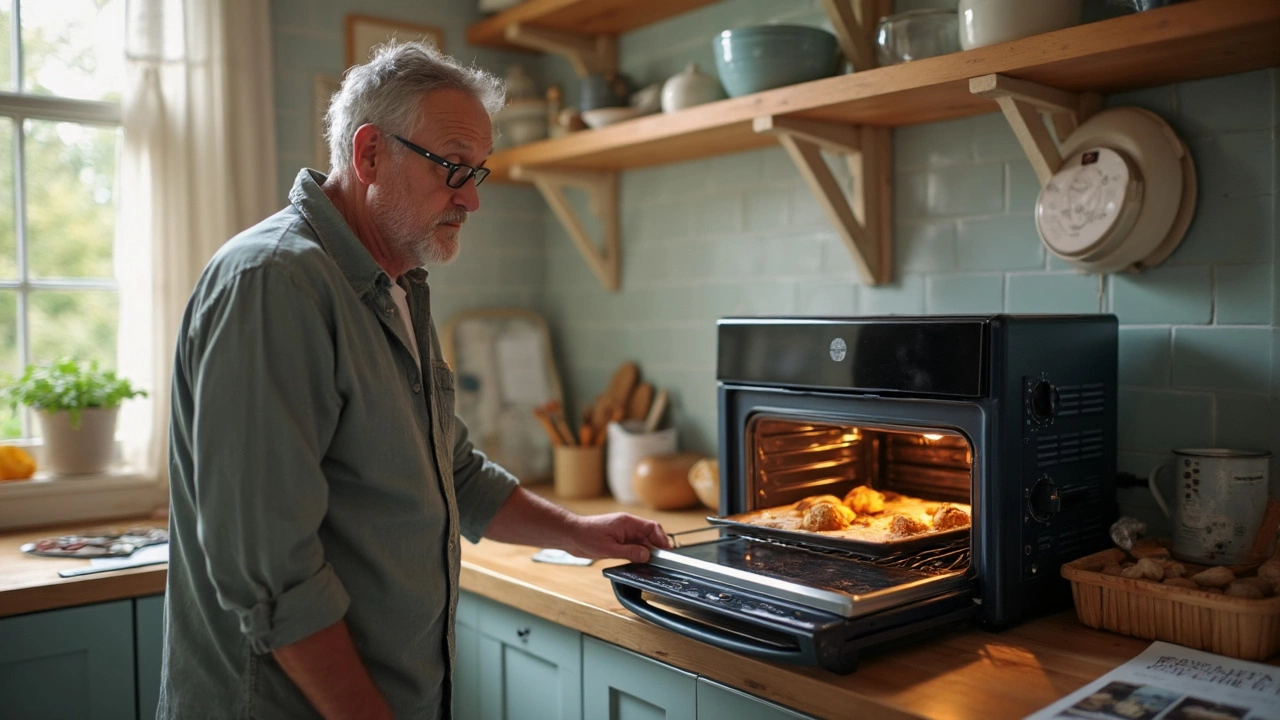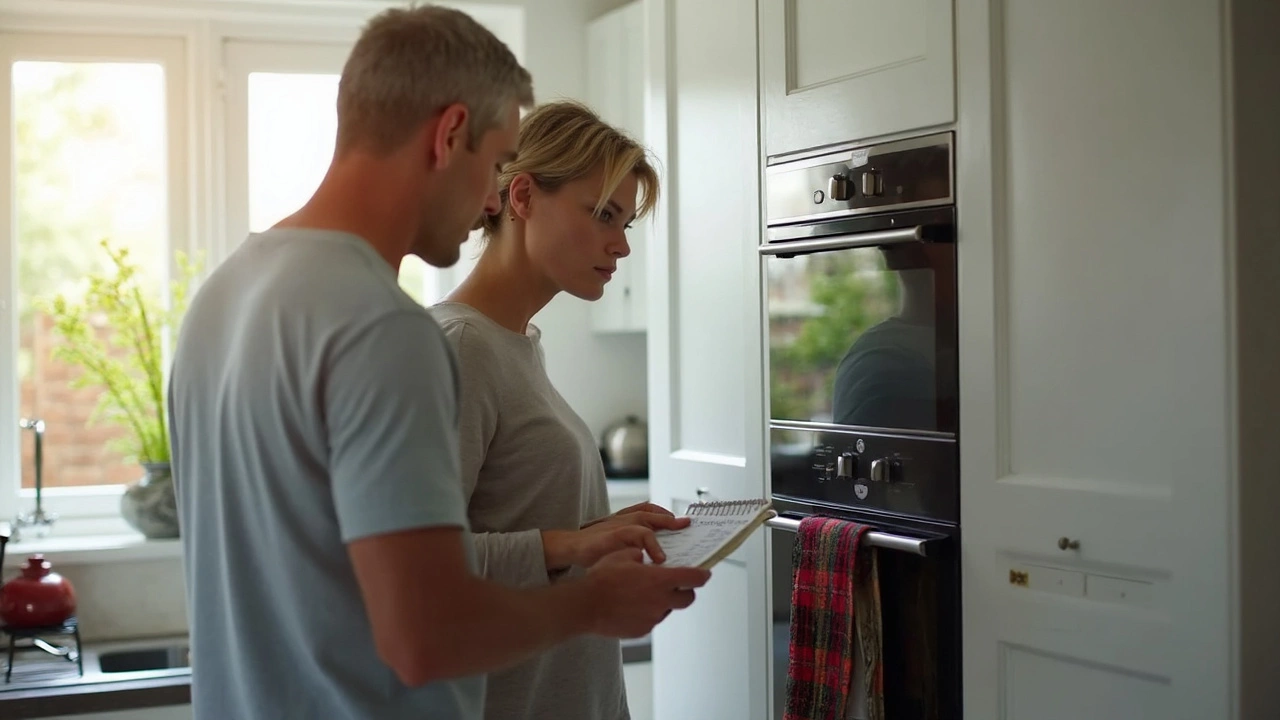Oven Troubleshooting: Simple Steps to Get Your Oven Working Again
When your oven stops heating or shows the wrong temperature, it feels like the kitchen’s broken. The good news is most issues are fixable without calling a pro. Below are the most common reasons ovens fail and what you can do right now.
Why Won’t My Oven Heat Up?
First, check the power. If the oven is electric, make sure the circuit breaker isn’t tripped and the plug is secure. Reset the breaker if needed and listen for a click when the oven tries to start. For gas ovens, confirm the gas valve is open and the pilot light (if your model has one) is lit.
Next, look at the heating elements. Open the oven door and locate the metal coils on the top and bottom. If either looks blackened, cracked, or broken, it probably needs replacement. You can test an element with a multimeter: set it to continuity, touch the probes to the element’s terminals, and watch for a reading. No continuity means the element is dead.
If the elements are fine, the thermostat or temperature sensor might be the culprit. These parts tell the oven when to stop heating. A faulty sensor can keep the oven from reaching the set temperature or cause it to overheat. Again, a multimeter can help – a healthy sensor usually reads around 1,000 Ω at room temperature. Anything far off suggests a swap.
Temperature Is Off – Too Hot or Too Cold?
Even if the oven heats, uneven or incorrect temperatures can ruin recipes. Start by cleaning any debris from the oven walls and the vent at the back. Blocked vents reduce airflow and mess with the thermostat’s reading.
Another common issue is a mis‑calibrated thermostat. Most ovens let you adjust the calibration via a simple knob or a digital menu. Check your user manual for the exact steps, then set the oven to 350°F and use an oven thermometer to compare. Adjust the calibration until the readings match.
If you’ve got a convection oven, make sure the fan isn’t obstructed. A stuck fan will prevent hot air from circulating, leading to hot spots. Spin the fan by hand – it should move freely. If it’s stuck, clean any grease buildup or replace the motor.
Finally, don’t forget the oven door seal. A worn gasket lets heat escape, making the oven work harder and often overshooting the temperature. Inspect the seal for cracks or gaps; a cheap replacement kit can solve the problem in minutes.
When these checks don’t solve the issue, it’s probably time to call a qualified technician. Trying to replace internal control boards or wiring without proper knowledge can be dangerous.
Keeping an eye on your oven’s performance, cleaning regularly, and doing quick visual checks can save you time and money. If your oven still misbehaves after these steps, a professional repair will get you back to baking in no time.


